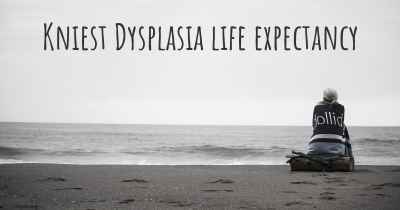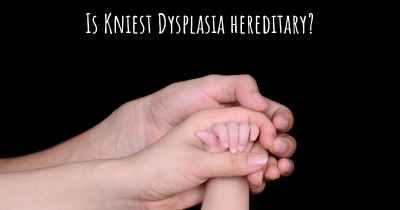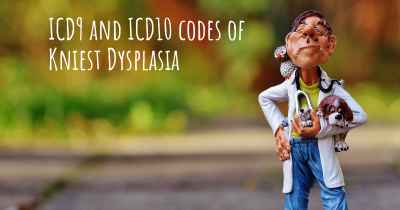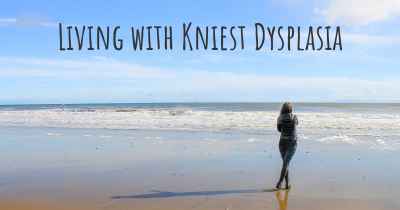What is the history of Kniest Dysplasia?
When was Kniest Dysplasia discovered? What is the story of this discovery? Was it coincidence or not?
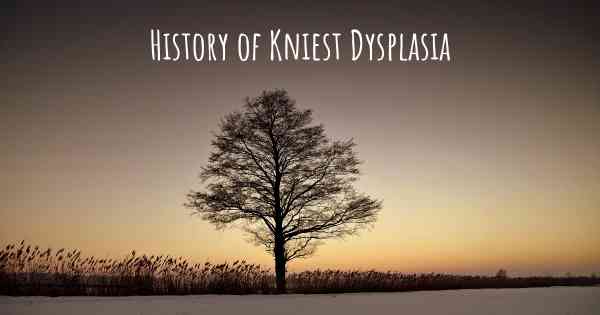
Kniest Dysplasia: A Brief History
Kniest dysplasia, also known as Kniest syndrome, is a rare genetic disorder that affects the development of bones and connective tissues. This condition was first described by Dr. Wilhelm Kniest, a German pediatrician, in 1952. Dr. Kniest observed a group of patients with similar physical characteristics and skeletal abnormalities, leading him to identify this distinct syndrome.
Discovery and Early Research
Dr. Kniest initially encountered several children from different families who exhibited similar symptoms, including short stature, joint deformities, and distinctive facial features. Intrigued by these commonalities, he conducted further investigations to understand the underlying cause of this condition.
Characteristics and Symptoms
Kniest dysplasia is characterized by a range of physical and skeletal abnormalities. Individuals with this condition typically have short stature, with an average adult height of around 3 to 4 feet. The limbs may be disproportionately short compared to the trunk, and joint deformities, particularly in the knees and elbows, are common.
Facial features associated with Kniest dysplasia include a flat midface, a prominent forehead, a depressed nasal bridge, and a small chin. Some individuals may also have vision and hearing impairments, as well as respiratory difficulties due to the abnormal development of the rib cage.
Genetic Cause
Kniest dysplasia is caused by mutations in the COL2A1 gene, which provides instructions for producing type II collagen. Collagen is a crucial protein that forms the structural framework of various tissues, including cartilage and bone. Mutations in the COL2A1 gene disrupt the production or structure of type II collagen, leading to the characteristic skeletal abnormalities and other symptoms of Kniest dysplasia.
Diagnosis and Management
Diagnosing Kniest dysplasia typically involves a thorough physical examination, evaluation of medical history, and imaging studies such as X-rays. Genetic testing can confirm the presence of COL2A1 gene mutations, further supporting the diagnosis.
As Kniest dysplasia is a genetic disorder, there is currently no cure. Treatment primarily focuses on managing the symptoms and improving the quality of life for affected individuals. This may involve a multidisciplinary approach, including orthopedic interventions, physical therapy, and assistive devices to support mobility and joint function.
Advancements in Research
Since its initial discovery, research on Kniest dysplasia has expanded our understanding of the condition. Scientists have identified various COL2A1 gene mutations associated with Kniest dysplasia and continue to investigate their specific effects on collagen production and function.
Advancements in genetic testing techniques have also facilitated early and accurate diagnosis of Kniest dysplasia, enabling individuals and families to access appropriate medical care and support services.
Support and Awareness
Support organizations and patient advocacy groups play a crucial role in raising awareness about Kniest dysplasia and providing resources for affected individuals and their families. These organizations offer support networks, educational materials, and opportunities for research participation to further our knowledge of the condition.
Conclusion
Kniest dysplasia, first described by Dr. Wilhelm Kniest in 1952, is a rare genetic disorder characterized by skeletal abnormalities and distinctive facial features. Although there is currently no cure, advancements in research and medical care have improved the management and support available to individuals with Kniest dysplasia. Ongoing research continues to deepen our understanding of the underlying genetic mechanisms and potential treatment options for this condition.
Posted Oct 31, 2018 by Shere 2500
